ERLANGER, Ky., Feb. 16, 2022 /PRNewswire/ -- Global confectioner Perfetti Van Melle announces that U.S. consumers can now get its popular Mentos Pure Fresh Gum in an innovative 90% paperboard bottle that is widely recyclable. The new paperboard bottle – holding 80 pieces of gum – is now available on special displays at more than 3,000 Walmart stores in the U.S.

U.S. Consumers Can Buy Mentos Pure Fresh Gum in an Innovative Paperboard Bottle
Consumers will find recycling instructions on the unique paperboard bottle, using typical U.S. curbside services or local drop-off programs. It is the first-to-market Gum category product from a major global confectioner using this recyclable paperboard packaging.
When previewed to the U.S. retail and confectionery industry in mid-2021, the Mentos Gum paperboard bottle was immediately met with prestigious industry awards for innovation from the National Confectioners Association and from the International Association of Packaging Professionals. The package is specifically tailored for Mentos Pure Fresh Gum in a unique partnership between Perfetti Van Melle and Graphic Packaging International with its Boardio® technology designed to ensure the high Mentos standards for product safety and freshness.
"With this innovation, we are building not only on Perfetti Van Melle's commitment to environmental responsibility but are also giving our U.S. retail customers and loyal consumers another strong reason to say 'Yes to Fresh' – offering their beloved Mentos Gum in a unique, new paperboard package," said Craig Cuchra, Perfetti Van Melle Vice President of Marketing for the U.S. and Canada. "We're thrilled that Walmart, with its commitment to helping people to live better, will help us reach Mentos Gum fans all over the U.S. as the new package option begins to make its way to consumers."
While Walmart will be the first U.S. retailer to stock the new paperboard bottle in its candy and gum aisle in about 3,000 locations, and through Walmart.com, Perfetti Van Melle U.S. has received high interest from many other retailers.
Perfetti Van Melle Chief Sustainability Officer Andrew Boyd states, "The new Mentos Pure Fresh paperboard bottle is an exciting step in our commitment to environmental responsibility. We will carefully monitor the consumer response to help guide ongoing packaging innovation and to deliver our plastics reduction, recycling, and re-use goals."
NASA, NOAA, USGS, and other U.S. government agencies project that the rise in ocean height in the next 30 years could equal the total rise seen over the past 100 years.
Coastal flooding will increase significantly over the next 30 years because of sea level rise, according to a new report by an interagency sea level rise task force that includes NASA, the National Oceanic and Atmospheric Administration (NOAA), and other federal agencies. Titled Global and Regional Sea Level Rise Scenarios for the United States, the Feb. 15 report concludes that sea level along U.S. coastlines will rise between 10 to 12 inches (25 to 30 centimeters) on average above today’s levels by 2050.
The report – an update to a 2017 report – forecasts sea level to the year 2150 and, for the first time, offers near-term projections for the next 30 years. Agencies at the federal, state, and local levels use these reports to inform their plans on anticipating and coping with the effects of sea level rise.
“This report supports previous studies and confirms what we have long known: Sea levels are continuing to rise at an alarming rate, endangering communities around the world. Science is indisputable and urgent action is required to mitigate a climate crisis that is well underway,” said NASA Administrator Bill Nelson. “NASA is steadfast in our commitment to protecting our home planet by expanding our monitoring capabilities and continuing to ensure our climate data is not only accessible but understandable.”
The task force developed their near-term sea level rise projections by drawing on an improved understanding of how the processes that contribute to rising seas – such as melting glaciers and ice sheets as well as complex interactions between ocean, land, and ice – will affect ocean height. “That understanding has really advanced since the 2017 report, which gave us more certainty over how much sea level rise we’ll get in the coming decades,” said Ben Hamlington, a research scientist at NASA’s Jet Propulsion Laboratory in Southern California and one of the update’s lead authors.
NASA’s Sea Level Change Team, led by Hamlington, has also developed an online mapping tool to visualize the report’s state-of-the-art sea level rise projections on a localized level across the U.S. “The hope is that the online tool will help make the information as widely accessible as possible,” Hamlington said.
The Interagency Sea Level Rise Task Force projects an uptick in the frequency and intensity of high-tide coastal flooding, otherwise known as nuisance flooding, because of higher sea level. It also notes that if greenhouse gas emissions continue to increase, global temperatures will become even greater, leading to a greater likelihood that sea level rise by the end of the century will exceed the projections in the 2022 update.
“It takes a village to make climate predictions. When you combine NASA’s scenarios of global sea level rise with NOAA’s estimates of extreme water levels and the U.S. Geological Survey’s impact studies, you get a robust national estimate of the projected future that awaits American coastal communities and our economic infrastructure in 20, 30, or 100 years from now,” said Nadya Vinogradova Shiffer, who directs the NASA Sea Level Change Team at NASA Headquarters in Washington.
“This is a global wake-up call and gives Americans the information needed to act now to best position ourselves for the future,” said NOAA Administrator Rick Spinrad, Ph.D. “As we build a Climate Ready Nation, these updated data can inform coastal communities and others about current and future vulnerabilities in the face of climate change and help them make smart decisions to keep people and property safe over the long run.”
Building on a Research Legacy
The Global and Regional Sea Level Rise report incorporates sea level projections from the latest Intergovernmental Panel on Climate Change (IPCC) assessment, released by the United Nations in August 2021. The IPCC reports, issued every five to seven years, provide global evaluations of Earth’s climate and use analyses based on computer simulations, among other data.
A separate forthcoming report known as the Fifth National Climate Assessment, produced by the U.S. Global Change Research Program, is the latest in a series summarizing the impacts of climate change on the U.S., and it will in turn use the results from the Global and Regional Sea Level Rise report in its analysis. The Climate Assessment is slated to publish in 2023.
NASA sea level researchers have years of experience studying how Earth’s changing climate will affect the ocean. Their work includes research forecasting how much coastal flooding U.S. communities will experience in 10 years, helping to visualize IPCC data on global sea level rise using an online visualization tool, and launching satellites that contribute data to a decades-long record of global sea surface height.
Learn more about sea level and climate change here:
Source: https://www.nasa.gov/feature/jpl/sea-level-to-rise-up-to-a-foot-by-2050-interagency-report-finds
Written by Jane J. Lee
Materials science company Ambercycle Inc. announced today the closing of Series A financing from H&M CO:LAB, KIRKBI, Temasek, BESTSELLER’s Invest FWD, and Zalando. With this new funding, Ambercycle has raised a total of $27 million in order to develop infrastructure and materials for circularity within the fashion industry.
Environmental and governmental agencies estimate that over 120 billion garments are discarded annually. Ambercycle was founded in 2015 by Shay Sethi and Moby Ahmed with the goal of building circularity for the fashion industry. The company’s breakthrough process, Ambercycling™, separates and purifies post-consumer textile waste at the molecular level to produce regenerated materials that brands and designers can craft into new garments. This simultaneously reduces the materials going into landfills as well as the need to extract finite resources from the planet.
The company’s first solution, cycora®, is a breakthrough material that makes use of old garments by regenerating end-of-life textile waste into new fabrics. cycora® serves as a direct replacement to the tens of billions of pounds of polyester used annually, and emulates the functional characteristics of these conventional fabrics while allowing apparel brands and designers to produce high quality garments with circularity in mind.
“The transition to circularity in fashion is inevitable” said Shay Sethi, Co-Founder and CEO of Ambercycle. “We are building an ecosystem in which materials can exist in harmony with humans and the environment. Our breakthrough molecular regeneration process enables a clear vision for circularity, in which fashion can flow in and out of our lives. Not only will this improve the sustainability performance of the items in our closets, but it builds a new way for us to interact with our materials.”
Damir Hamzić, Head of Circular Plastic investments at KIRKBI, says: “Circular Plastics is a new thematic investment area where KIRKBI wishes to support the movement towards a world where plastics never become waste. Globally, a significant part of plastic waste generated comes from textiles. In Ambercycle, we see a promising company within textile-to-textile recycling led by a highly dedicated management team and through this investment we want to support the further development of the company’s ambitious plans.”
Over the past few years, the company has proven the technology by building a pilot plant in downtown Los Angeles. With the funds raised the company plans to scale up production of cycora®. The innovative material has already been used in successful collaborations with Los Angeles streetwear brands like Justin Mensinger, select luxury brands, and most recently by industry giant H&M for its 2021 Circular Design Story Collection.
“We are delighted to support Ambercycle with this recent collection and are excited to continue being part of their successful journey. The H&M Group has an ambitious goal of making our business fully circular by 2030 and we truly believe in the team behind Ambercycle with their exceptional dedication to their mission. With this new funding round we look forward to partnering with them as they scale commercially.” said Erik Karlsson, Acting Head of H&M CO:LAB.
Bain & Company announced a set of bold new sustainability commitments. The firm pledged to further reduce its scope 1 and 2 emissions—from activities such as heating and powering its offices—by 30 per cent over the next five years, and it plans to reduce its scope 3 emissions from business travel by 35 per cent per employee over the same time period.
What sets Bain apart from others is that it is deep into its sustainability journey, having already eliminated 78 per cent of its scope 1 and 2 emissions over the past decade by converting to 100 per cent renewable electricity, improving the energy efficiency of its offices and finding ways to reduce waste from its operations. These new goals reflect Bain’s steadfast alignment with the Science-Based Targets Initiative’s ‘Business Ambition for 1.5°C,’ which the firm signed last year when it committed to achieve net zero climate impact by 2030.
“We are long past picking low-hanging fruit, and we are following the same advice we give to our clients: setting audacious goals that are realistic and measurable,” said Sam Israelit, Bain’s Chief Sustainability Officer.
“Our firm is hyper focused on mitigating the impact of our emissions on the environment and accelerating our carbon transition. We continue to lead the way in our own industry while also equipping our clients and nonprofit partners to do the same.”
“Bain & Company has long been a sustainability frontrunner in its industry, achieving carbon neutral status for the past ten years in a row. Regionally, we are not just committed to reducing Bain’s remaining carbon footprint, but we will continue to invest in high quality carbon removal projects, including both nature-based reforestation and implementation of green technologies,” said Samer Bohsali, Partner at Bain & Company Middle East.
Earlier this year, Bain announced that it received a gold rating from EcoVadis, the leading platform for environmental, social and ethical performance ratings, putting Bain among the top 2 per cent of professional services companies for its sustainability practices.
“Like most businesses, the pandemic gave us a chance to step back and reimagine the ways we’ve historically worked,” said Torsten Lichtenau, a Bain partner and global head of the firm’s Carbon Transition impact area within its Sustainability & Responsibility consulting practice.
“One area where we’ve decided to go above and beyond is optimising carbon emissions associated with travel. The pandemic proved there are times when we can still be extraordinarily effective with our clients by leveraging technology to collaborate in a hybrid work environment.”
Bain announced the launch of FurtherSM, the firm’s collective ambition to create a more sustainable, equitable and inclusive world —as a firm, as a partner to its clients and as a champion for global communities.
This year, the firm’s Sustainability & Responsibility consulting practice celebrated ten years supporting corporate clients on their own sustainability journeys. The practice has grown significantly over the past decade, completing more than 500 client projects in the last two years alone.
Bain also supports leading non-profits tackling critical environmental challenges as part of its $1.1 billion commitment to pro bono consulting. This includes a multi-year partnership with The Nature Conservancy (TNC), focused on market-based solutions to tackling climate change.
Source: Khaleej Times
It’s Official: US Government Says Electric Vehicles Cost 40% Less To Maintain
The latest information from the US government shows battery-electric cars cost less to maintain than conventional cars, hybrids, and plug-in hybrids.
We have heard it over and over again — electric vehicles cost less to own. The reasons are fairly obvious. A vehicle with an internal combustion engine and transmission has about 10,000 parts whirling around in order to make it go. A battery-electric car has less than 10. Fewer parts means fewer things that require servicing which in turn means paying less money to technicians to keep our transportation devices running.
While we understand intuitively that electric vehicles should be less expensive to maintain, now there’s proof. The US government operates the largest vehicle fleet in the world, so it stands to reason it should know a thing or two about how much it costs to keep them all running.
In its latest study, the Office of Energy Efficiency and Renewable Energy says,
“The estimated scheduled maintenance cost for a light-duty battery-electric vehicle (BEV) totals 6.1 cents per mile, while a conventional internal combustion engine vehicle (ICEV) totals 10.1 cents per mile. A BEV lacks an ICEV’s engine oil, timing belt, oxygen sensor, spark plugs and more, and the maintenance costs associated with them.”
The government did what the government does best. It drilled down into all the details of vehicle maintenance and came up with the above chart. Notice that hybrids and plug-in hybrids also had lower maintenance costs than conventional cars but only slightly so.
Source: Clean Technica, Steve Hanley
Apple today unveiled its plan to become carbon neutral across its entire business, manufacturing supply chain, and product life cycle by 2030. The company is already carbon neutral today for its global corporate operations, and this new commitment means that by 2030, every Apple device sold will have net zero climate impact.
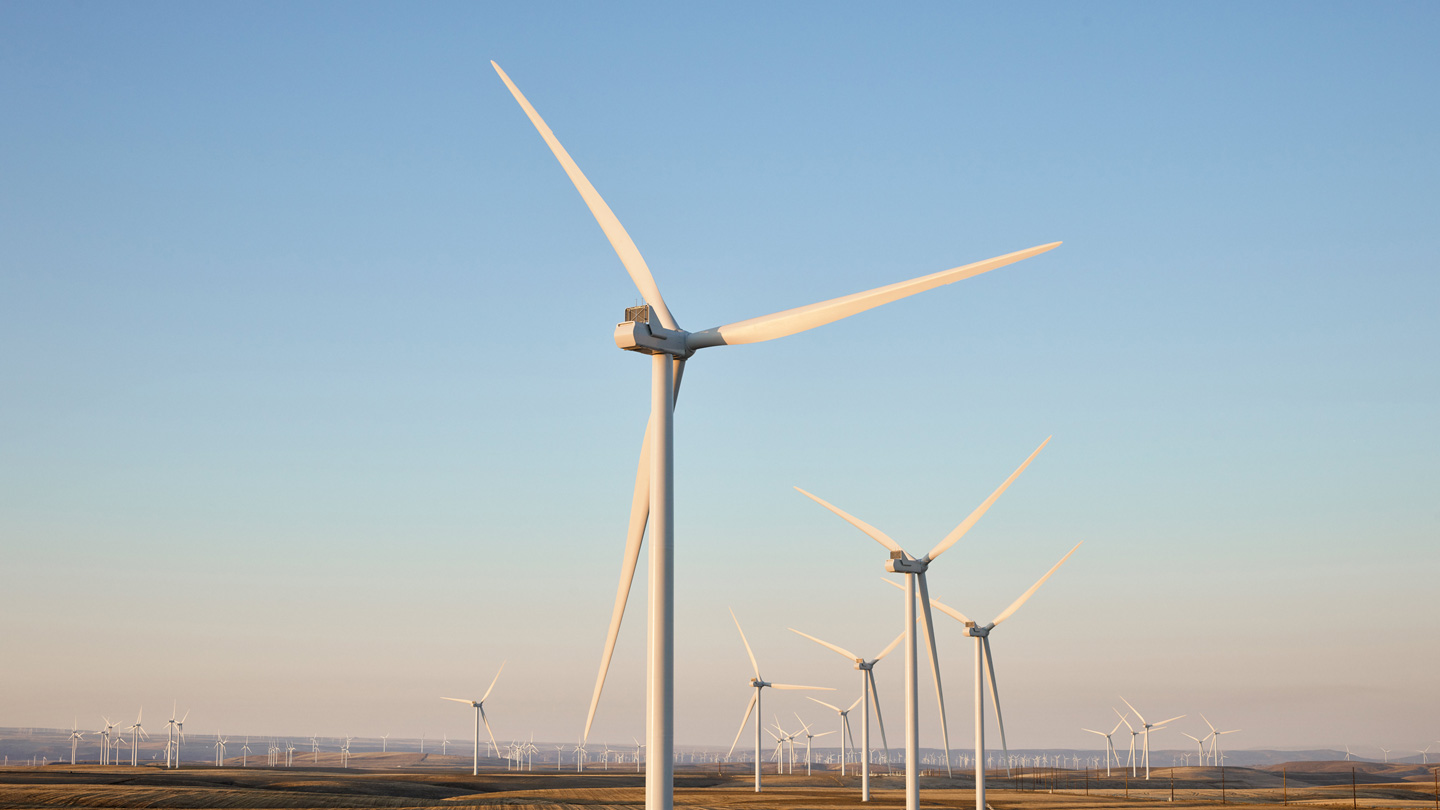
“Businesses have a profound opportunity to help build a more sustainable future, one born of our common concern for the planet we share,” said Tim Cook, Apple’s CEO. “The innovations powering our environmental journey are not only good for the planet — they’ve helped us make our products more energy efficient and bring new sources of clean energy online around the world. Climate action can be the foundation for a new era of innovative potential, job creation, and durable economic growth. With our commitment to carbon neutrality, we hope to be a ripple in the pond that creates a much larger change.
”Apple is providing detail on its approach to carbon neutrality with a roadmap for other companies, as industries look to reduce their impact on climate change. In its 2020 Environmental Progress Report — released today — Apple details its plans to reduce emissions by 75 percent by 2030 while developing innovative carbon removal solutions for the remaining 25 percent of its comprehensive footprint.
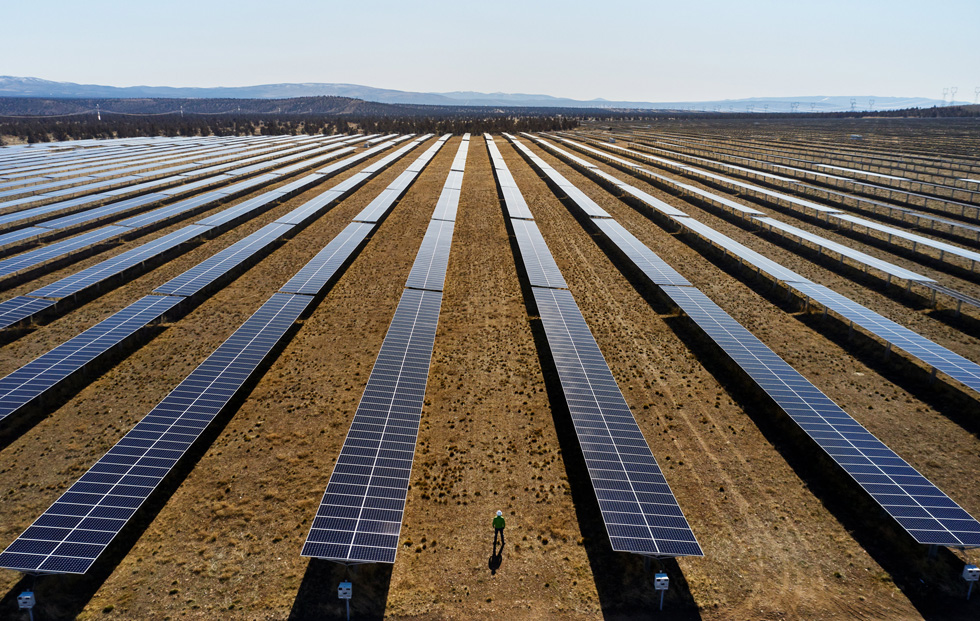
To support these efforts and beyond, Apple is establishing an Impact Accelerator that will focus on investing in minority-owned businesses that drive positive outcomes in its supply chain and in communities that are disproportionately affected by environmental hazards. This accelerator is part of Apple’s recently announced $100 million Racial Equity and Justice Initiative, focused on efforts that address education, economic equality, and criminal justice reform.
“We’re proud of our environmental journey and the ambitious roadmap we have set for the future,” said Lisa Jackson, Apple’s vice president of Environment, Policy and Social Initiatives. “Systemic racism and climate change are not separate issues, and they will not abide separate solutions. We have a generational opportunity to help build a greener and more just economy, one where we develop whole new industries in the pursuit of giving the next generation a planet worth calling home.”
Apple’s Climate Roadmap
Apple’s 10-year roadmap will lower emissions with a series of innovative actions, including:
Low carbon product design: Apple will continue to increase the use of low carbon and recycled materials in its products, innovate in product recycling, and design products to be as energy efficient as possible.
- Apple’s latest recycling innovation — a robot the company is calling “Dave” — disassembles the Taptic Engine from iPhone to better recover key materials such as rare earth magnets and tungsten while also enabling recovery of steel, the next step following its line of “Daisy” iPhone disassembly robots.
- The company’s Material Recovery Lab in Austin, Texas, which is focused on innovative electronics recycling technology, is now partnering with Carnegie Mellon University to further develop engineering solutions.
- All iPhone, iPad, Mac, and Apple Watch devices released in the past year are made with recycled content, including 100 percent recycled rare earth elements in the iPhone Taptic Engine — a first for Apple and for any smartphone.
- Apple decreased its carbon footprint by 4.3 million metric tons in 2019 through design and recycled content innovations in its products. Over the past 11 years, Apple has reduced the average energy needed for product use by 73 percent.

Expanding energy efficiency: Apple will identify new ways to lower energy use at its corporate facilities and help its supply chain make the same transition.
- Through a new partnership with Apple, the US-China Green Fund will invest $100 million in accelerated energy efficiency projects for Apple’s suppliers.
- The number of facilities participating in Apple’s Supplier Energy Efficiency Program grew to 92 in 2019; these facilities avoided over 779,000 annualized metric tons of supply chain carbon emissions.
- Last year, Apple invested in energy efficiency upgrades to over 6.4 million square feet of new and existing buildings, lowering electricity needs by nearly one-fifth and saving the company $27 million.
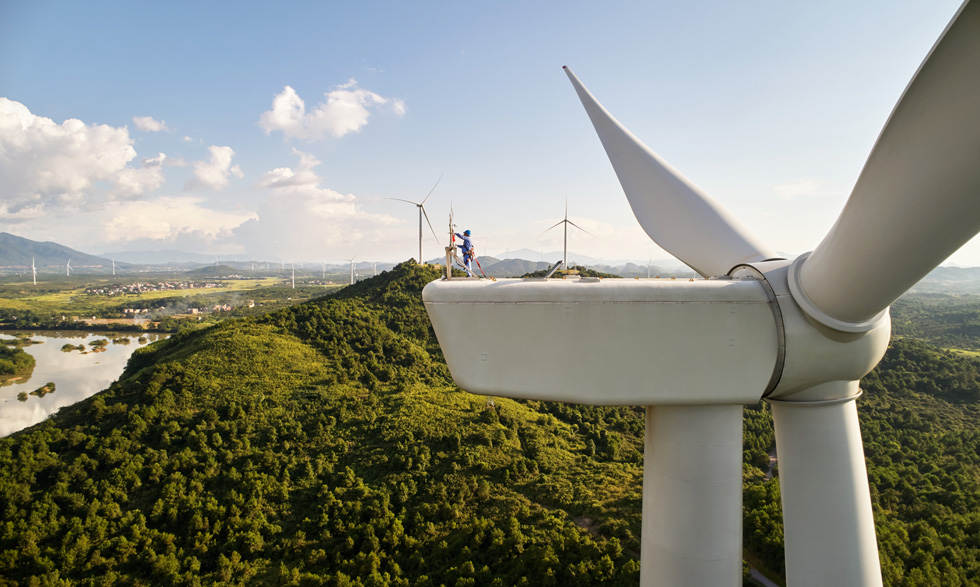
Renewable energy: Apple will remain at 100 percent renewable energy for its operations — focusing on creating new projects and moving its entire supply chain to clean power.
- Apple now has commitments from over 70 suppliers to use 100 percent renewable energy for Apple production — equivalent to nearly 8 gigawatts in commitments to power the manufacturing of its products. Once completed, these commitments will avoid over 14.3 million metric tons of CO2e annually — the equivalent of taking more than 3 million cars off the road each year.
- New and completed projects in Arizona, Oregon, and Illinois bring Apple’s renewable capacity for its corporate operations to over 1 GW — equivalent to powering over 150,000 homes a year. Over 80 percent of the renewable energy that Apple sources for its facilities are now from Apple-created projects, benefitting communities and other businesses.
- Globally, Apple is launching one of the largest new solar arrays in Scandinavia, as well as two new projects providing power to underserved communities in the Philippines and Thailand.
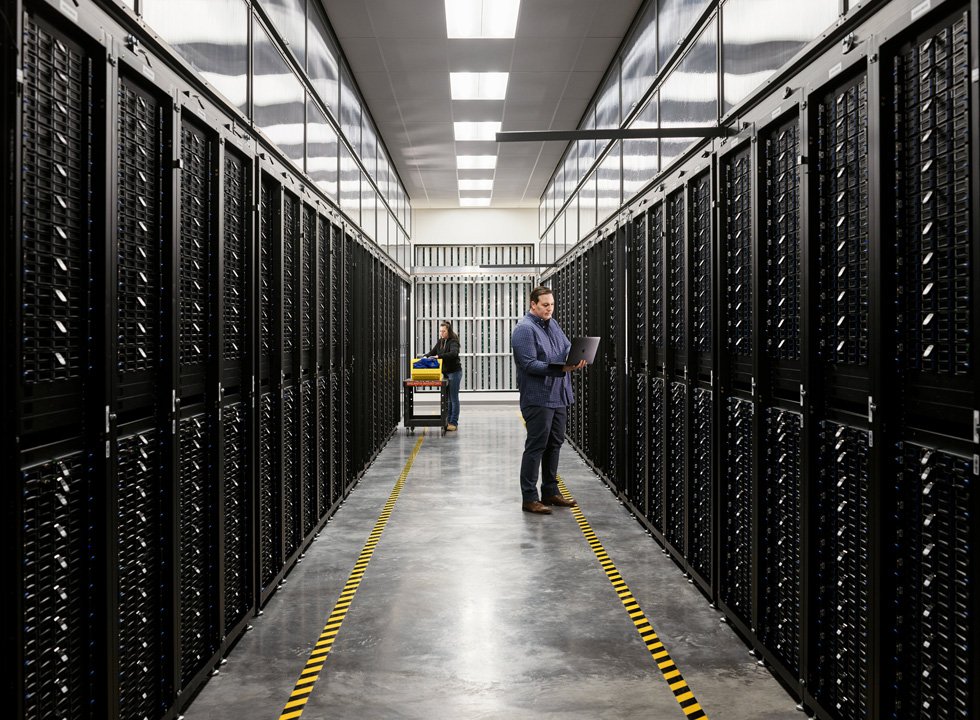
Process and material innovations: Apple will tackle emissions through technological improvements to processes and materials needed for its products.
- Apple is supporting the development of the first-ever direct carbon-free aluminum smelting process through investments and collaboration with two of its aluminum suppliers.
- Today the company is announcing that the first batch of this low carbon aluminum is currently being used in production intended for use with the 16-inch MacBook Pro.
- Through partnerships with its suppliers, Apple reduced emissions from fluorinated gases by more than 242,000 metric tons in 2019. Fluorinated gases are used in the manufacturing of some consumer electronics components and can contribute to global warming.
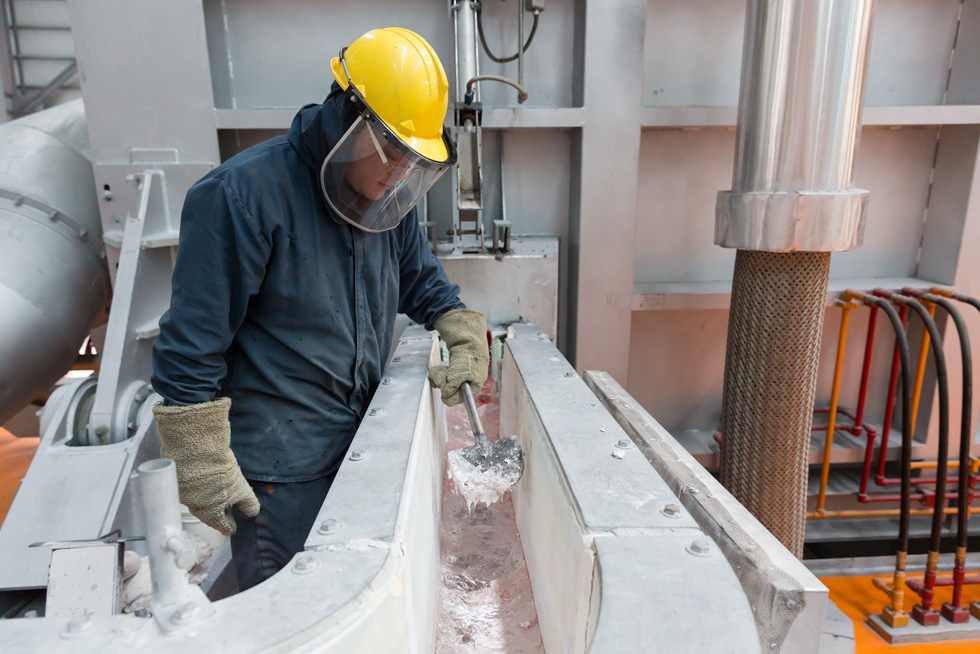
Carbon removal: Apple is investing in forests and other nature-based solutions around the world to remove carbon from the atmosphere.
- Apple is announcing today a first-of-its-kind carbon solutions fund to invest in the restoration and protection of forests and natural ecosystems globally.
- In partnership with Conservation International, the company will invest in new projects, building on learnings from existing work like restoring degraded savannas in Kenya and a vital mangrove ecosystem in Colombia. Mangroves not only protect the coasts and help support the livelihood of those communities where they grow, but they also can store up to 10 times more carbon than forests on land.
- Through its work with The Conservation Fund, the World Wildlife Fund, and Conservation International, the company has protected and improved the management of over 1 million acres of forests and natural climate solutions in China, the US, Colombia, and Kenya.
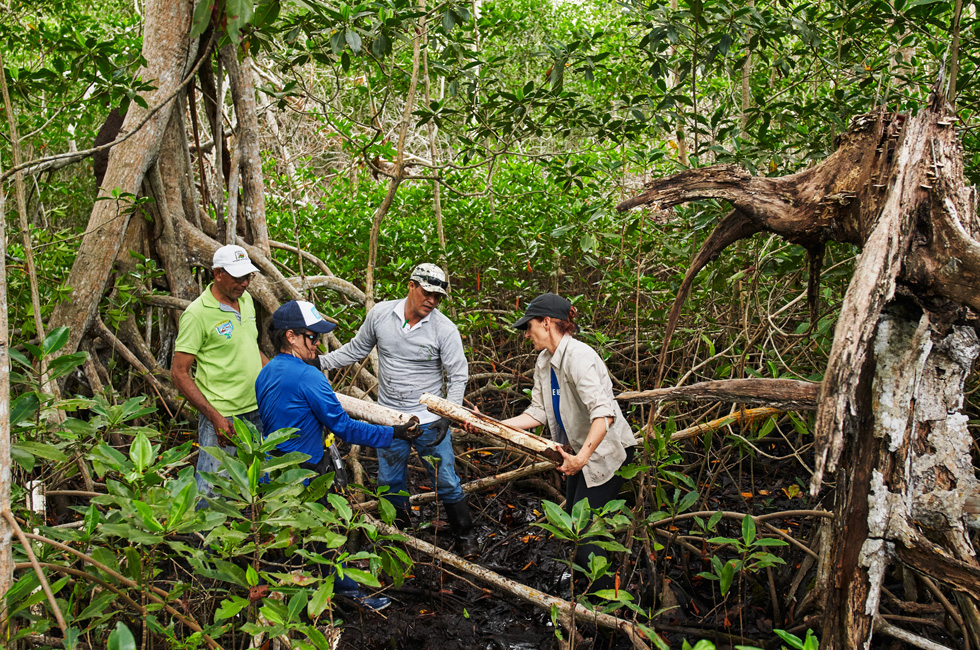
Apple engages with governments, businesses, NGOs, and consumers around the world to support policies that strengthen environmental protections and the transition to clean energy, which the company sees as a vital component of global climate action. The company’s complete plan and how it measures its carbon footprint can be found in its 2020 Environmental Progress Report at apple.com/environment. Progress on its supplier commitments can be found at apple.com/environment/pdf/Apple_Supplier_Clean_Energy_Program_Update_2020.pdf.
Rystad Energy has kickstarted its global emissions coverage, gathering key data and ranking the world’s oil and gas producers by how much CO2 is emitted in connection with their upstream activities. Our first such report, which will be published annually, shows that the US was the largest emitter in absolute terms in 2018*. Among the top 10 oil and gas producing countries, Canada had the highest CO2 emission intensity per barrel of oil equivalent (boe) produced, while Norway had the lowest.
For 2018, the year with the latest reliable data, the US was the world’s top emitter from upstream oil and gas producing activities in absolute terms, releasing a total of 133 million tons of CO2, followed by Russia (116 million tons) and Canada (114 million tons). The emission numbers referenced here do not include what we categorize as midstream elements (e.g. liquefaction plants).

Learn more in Rystad Energy’s Emissions Solution.
When it comes to CO2 intensity per produced boe, Norway shows the lowest upstream CO2 footprint among the top 10 producing countries, with approximately 7 kilos (kg) of CO2 per boe produced. Norway introduced a CO2 pricing mechanism in the early 1990s, while also adhering to the EU carbon trading system, which has motivated operators in the country to put extra emphasis on emission-reducing measures and technologies.
Several major Norwegian offshore fields, such as the giant Johan Sverdrup project, are now partly or fully electrified by power from shore, thus reducing CO2 extraction emissions substantially – even approaching zero in some instances. Furthermore, gas flaring has been banned in the country since the 1970s, with certain exceptions for safety purposes, which has resulted in a very low flaring intensity.
The UAE, Qatar and Saudi Arabia are challenging Norway for the top position in terms of CO2 intensity, each with emissions at or below 10 kg per boe. Saudi Arabia and the UAE benefit from hosting large field developments with stable production levels and limited flaring, all of which contribute to low emission intensities. Moreover, production in these countries is dominated by light and medium grade crudes, which are less energy-intensive to extract compared to heavier oils.
At the other end of the scale, Canada and Iraq are both among the world’s highest upstream emitters, albeit for entirely different reasons.
Canada, with an average intensity of 39 kg per boe, has a high share of its production from oil sands, typically emitting three to five times more CO2 per barrel than the global average of 18 kg per boe. Heavy oil produced by mining or in-situ is more complicated to extract and the process is very energy-intensive. In recent years several major producers have divested their assets in these segments due to the expensive extraction process and the high carbon footprint.
Iraq, on the other hand, with an intensity of 31 kg per boe, has relatively low extraction emissions. However, the lack of gas infrastructure in the country means that significant volumes of associated gas are flared directly. The country must, in fact, import gas in order to meet its energy requirements. An expansion of Iraq’s domestic gas infrastructure would allow it to reduce flaring and imports, but such plans have yet to materialize.
“The average upstream CO2 emission intensity of oil and gas production worldwide was about 18 kg per boe in 2018, but the variation between producers is high – both in terms of countries and companies. Between individual fields, the variation is even higher,” says Rystad Energy’s Jon Erik Remme, Senior Upstream Analyst and Product Manager of Emissions Solution.
The amount of flaring served as a key distinguisher leading to a difference of 23 kg per boe observed between the highest and the lowest intensities in our analysis. In addition to flaring, the inherent differences in extraction emissions driven by the method of extraction, the field type, age of the field and other factors collectively yielded a difference of around 30 kg per boe between the highest and the lowest intensities.
*Note: Disclosure of emission data varies between countries, impacting the precision of emission estimates. Rystad Energy’s new global emissions report refers to numbers from 2018, given the wide discrepancy of country-level data quality for 2019. We will update our report with new 2019 projections at a later stage.
Ball Corporation's (NYSE: BLL) aluminum cup has been recognized in Fast Company's 2020 World Changing Ideas Awards with an honorable mention in the consumer products category. Now in its fourth year, Fast Company's World Changing Ideas Awards honor products, concepts, companies, policies, and designs that are pursuing innovation for the good of society and the planet.
"We are honored that Fast Company recognized the Ball Aluminum Cup™ as a world changing idea," said Daniel W. Fisher, senior vice president and chief operating officer, Global Beverage Packaging. "We designed the cup to provide consumers with a better, more sustainable way to enjoy their favorite beverages while helping to alleviate pollution associated with single-use plastic cups. We look forward to ramping up production of the aluminum cup later this year and eventually expanding its adoption to bars, breweries and retail locations across the United States."
Ball, an established leader in sustainable aluminum packaging solutions for beverage, personal care and household products, launched the U.S. pilot of its infinitely recyclable aluminum cups in September 2019. In response to growing consumer demand for sustainable products, Ball identified an opportunity to create an innovative alternative to plastic cups. Just like an aluminum can (which has a global recycling rate of 69 percent), the aluminum cup can be recycled an infinite number of times without losing quality. In fact, 75 percent of aluminum ever produced is still in use today. Lightweight, sturdy and cool to the touch, the aluminum cup offers consumers a better beverage drinking experience and is a game changer for major entertainment venues and concessionaires looking to be more sustainable.
A limited supply of aluminum cups are being produced through 2020 for use in areas where plastic cups are common, including entertainment venues and major concessionaires. The aluminum cup has been available to consumers at venues across the country, including the Pepsi Center, Mercedes Benz Stadium and Hard Rock Stadium. In October, Ball broke ground on its first dedicated aluminum cups manufacturing facility in Rome, Ga.
A full list of the 2020 Fast Company winners can be found here. For more information about the Ball Aluminum Cup™, visit www.ball.com/cups.


